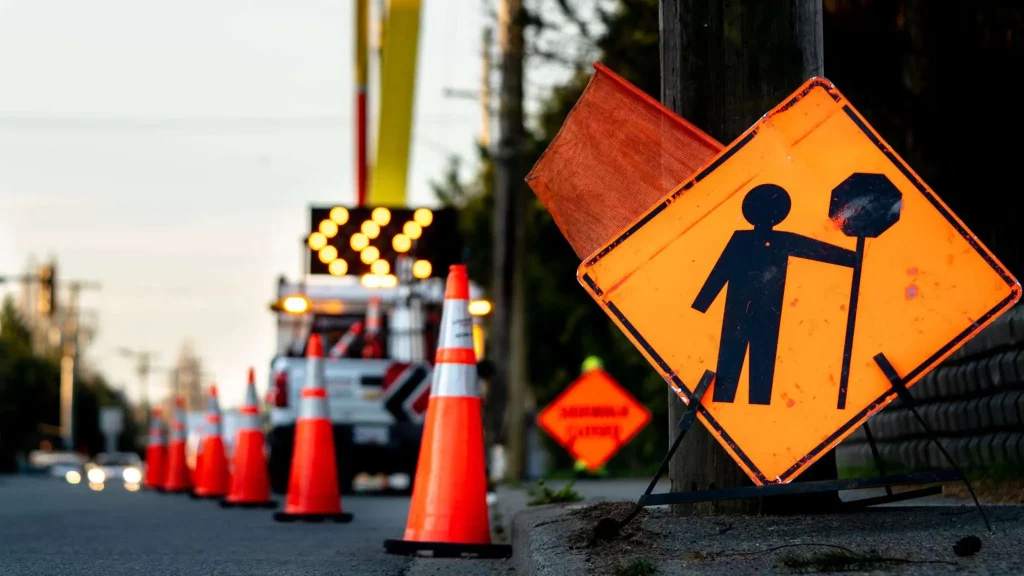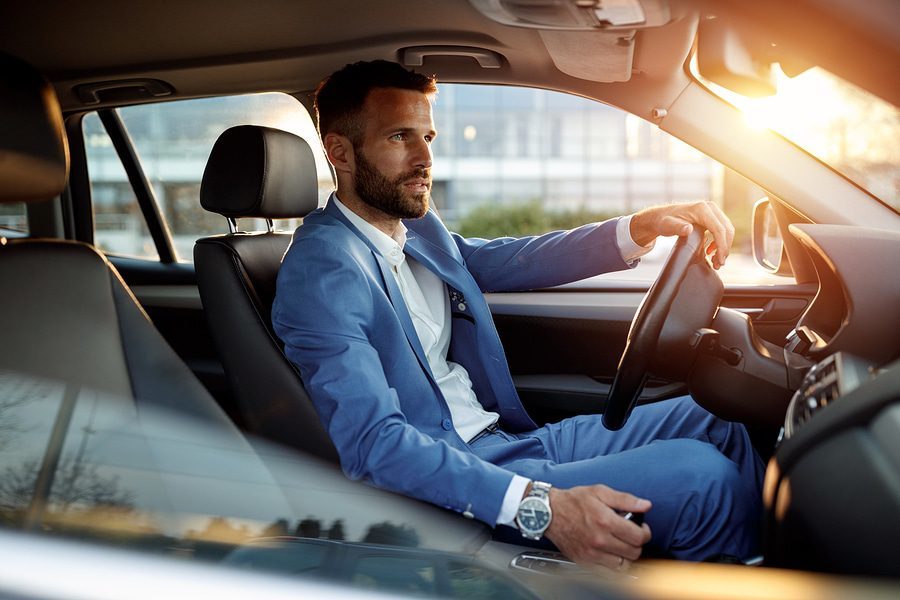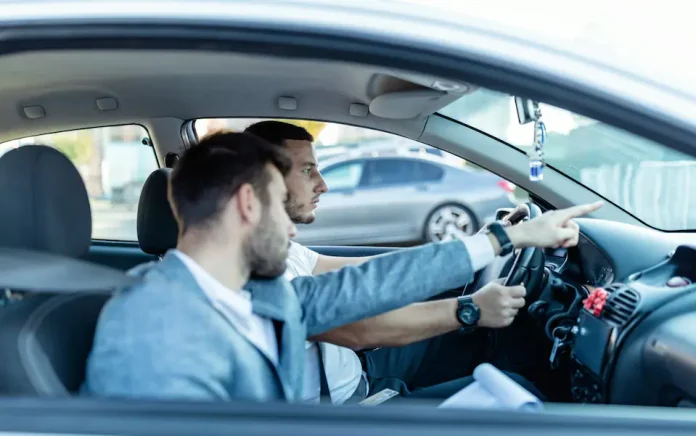Reports show that about 54% of road accidents in Georgia were caused by driver error. Becoming a good driver is an excellent way to reduce car crashes. You can help even more by becoming a defensive driver.
Defensive driving is a technique that helps you focus on keeping yourself and other road users safe while driving. Below are seven tips for adopting this safety technique:
Contents
1. Observe Road Traffic Signs
All road traffic signs, however simple, serve important purposes. Some, like traffic lights, serve vehicle users and pedestrians. Observing these signs keeps everyone safe. Ignoring road signs is common with bad drivers and can have devastating consequences. It can lead to serious accidents that put you in liability.
Remember, every road sign is important and must be followed. Whether it is a traffic light, stop sign, speed limit, or wrong turn, you must observe it as a defensive driver. You must also note information signs and act accordingly. For example, it’s important to slow down when a sign shows bumps or an intersection ahead.

2. Maintain a Good Following Distance
While you cannot control what happens in front while driving, you can help what happens to you and others behind. That is why it is important to keep a good following distance. The National Safety Council (NSC) recommends a minimum of three seconds following distance while driving.
This distance helps prevent rear-end collision if a vehicle in front stops abruptly or gets involved in an accident. You can double this distance when driving in adverse conditions to enhance safety.
Maintaining a good following distance is easier when you maintain a good speed on the road. Always remember that the more space you leave in front, the more time you have to respond to sudden stops or changes to prevent a chain of collisions.
3. Remain Alert at all Times
Alertness is an important quality of a defensive driver. Remember, being a defensive driver involves keeping yourself and others safe even when others drive badly. Beginning with yourself, stay alert by avoiding all forms of distraction while behind the wheel. This includes visual, physical, and even mental distractions. Avoid eating, texting, calling, listening to loud music, or adjusting the radio or GPS while driving.
Being alert also involves expecting the unexpected from other road users. Always anticipate the unexpected while driving. Expect sudden lane changes and stops, and wait an extra second after the green light comes on to avoid hitting pedestrians.
4. Obey All Traffic Regulations
Traffic rules and regulations are in place to keep all road users safe. Unfortunately, many drivers ignore these regulations, endangering their lives and those of others. Obeying simple traffic regulations as a defensive driver keeps you safe and encourages others to do the same.
For example, obeying traffic lights and stop signs can encourage and even force others to do the same. Obeying other simple rules, such as wearing a seatbelt, using your turn indicators, and not driving under the influence can foster an obedience culture.
5. Consider Other Road Users
Remember that you share the road with other road users, including motorcyclists, cyclists, and pedestrians. A defensive driver always considers these road users and how they use the road.
It helps to anticipate their mistake or disregard for road regulations, especially motorcyclists. This will prevent an unpleasant visit from an Atlanta motorcycle accident lawyer.
They can maneuver and turn quickly without indication and ride or follow too closely. Some drivers, including truck drivers, can do the same, so always stay alert to road conditions and users to drive defensively.

6. Invest in and Use Car Safety Features
A defensive driver is a safety-conscious driver. However, attention and instincts can only help so much when driving. Car safety features and devices can support you to maintain safety while driving.
Check your car for safety features and devices, and always ensure they’re functional. If any are not, fix them immediately. You can also add safety features when upgrading your car as an investment in your road safety. Below are some popular car safety features and devices you should consider:
- Airbags
- Seatbelts
- Anti-lock brakes
- Lane assist
- Park assist
- Blind spot warning
- Forward collision warning
- Traction control
- Autonomous emergency braking (AEB)
- Adaptive cruise control
7. Avoid Road Rage
Aggressive driving and road rage are common road dangers. You’ll encounter many angry drivers on the road. Some may speed excessively, change lanes carelessly, or honk angrily at you. Others may even want to engage you in an informal race on the road.
Your responsibility as a defensive driver is to stay calm and focus on your actions. Avoid engaging and responding to angry drivers and focus on the traffic. This disposition will help you avoid escalating the situation to prevent violence or crashes.
Endnote
Defensive driving involves looking beyond your actions to keep you and other road users safe. Simple tips and tricks can help you adopt this technique.
These include observing traffic signs and regulations, maintaining a good following distance, staying alert, and using car safety features and devices.



